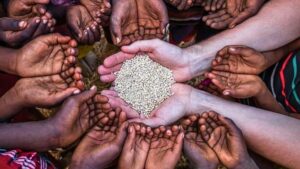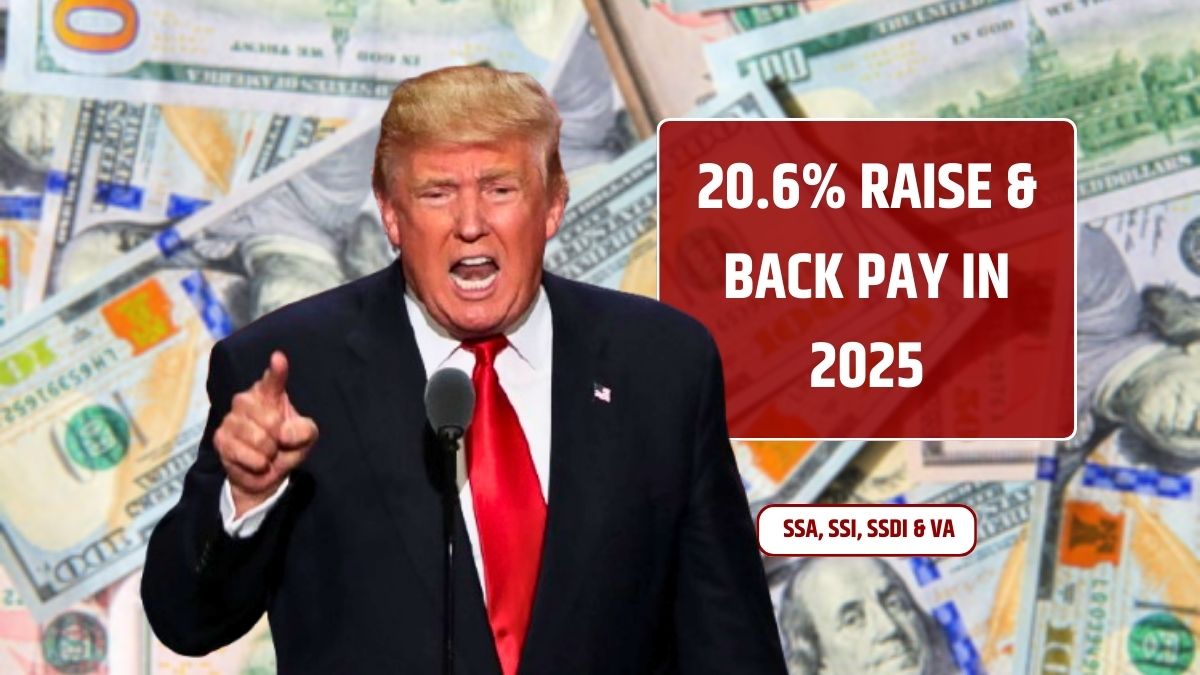Global health aid is falling fast—and the consequences could be devastating. According to a new report by the Institute for Health Metrics and Evaluation (IHME), global health assistance is projected to hit its lowest level in 15 years. And a big reason behind the drop? Massive U.S. funding cuts.
The United States slashed its global health contributions by 67 percent in 2025 compared to just a year earlier. These sudden cuts are already putting essential health programs at risk, especially in low-income countries where foreign aid has been the backbone of care.
Decline
Dr. Angela E. Apeagyei, lead author of the IHME report, says the scale of the cuts is unprecedented. With little warning, programs have been forced to downsize or shut down. In places like sub-Saharan Africa, where donor aid makes up the bulk of health budgets, the impact is already visible. The region is expected to lose 25 percent of its health aid this year alone—with another 7 percent decline forecast over the next five years.
Even more troubling is the ripple effect: health worker layoffs, halted vaccination campaigns, and interrupted services for diseases like HIV, tuberculosis, and malaria.
Numbers
The pandemic saw a temporary surge in global health funding, peaking at $80 billion in 2021. But that momentum hasn’t lasted. IHME’s latest report shows that Development Assistance for Health (DAH) is expected to fall to just $39 billion this year. By 2030, it may drop as low as $36 billion.
That’s a 51 percent drop from the COVID-era high—and a 21 percent decline from just last year.
Development Assistance for Health (DAH) Trends
| Year | Global DAH (USD) | Change (%) From Previous Year |
|---|---|---|
| 2021 | $80 billion | Peak during COVID-19 |
| 2024 | $49 billion | -39% from 2021 |
| 2025 | $39 billion | -21% from 2024 |
| 2030 (est) | $36 billion | -8% from 2025 (projected) |
Risks
The risk isn’t just about the funding itself—it’s about the outcomes. Without stable aid, progress on maternal care, vaccine access, and disease control could roll back by years. Apeagyei warned that weakened systems may be unable to respond to the next pandemic or public health emergency.
She also noted a concerning trend in global health policy—what she called the “panic and neglect” cycle. Aid spikes during crises like COVID, then quickly fades once headlines move on. The result? A fragile and volatile global aid infrastructure.
Pressure
Institutions like the World Health Organization, Gavi, and the Global Fund are already feeling the squeeze. Gavi’s recent fundraising efforts fell short. The WHO is undergoing restructuring due to budget constraints. And U.S. lawmakers are still debating whether to cancel even more foreign aid previously approved.
International pressure is building. Countries like China have pledged extra support—an additional $500 million to the WHO over five years. Nigeria also responded by boosting its national health budget by $200 million to fill some of the gaps left by foreign donors.
Some countries are trying to reorganize their health workforce to maintain essential services. But it’s unclear how long these emergency adjustments can hold.
Reform
So what’s the fix? Apeagyei says we need long-term reform. That means building resilient funding systems that don’t collapse when donor interest fades. She pointed to initiatives like the 2005 Paris Declaration and the recent Financing for Development conference in Seville as key examples. These efforts promote harmonization, improve accountability, and encourage private and multilateral investment in global health.
If aid efficiency improves, countries might still meet their health goals with reduced budgets. But that’s a big “if.” Without reform, the world risks undoing decades of health progress—and leaving millions vulnerable when the next crisis hits.
FAQs
How much did U.S. global health aid drop?
It dropped 67% in 2025 compared to the previous year.
What regions are most affected?
Sub-Saharan Africa faces a 25% drop in health aid.
What is DAH?
DAH stands for Development Assistance for Health.
Can reduced aid still be effective?
Only with major efficiency gains and system reforms.
Which countries increased their health funding?
China and Nigeria pledged additional support.












